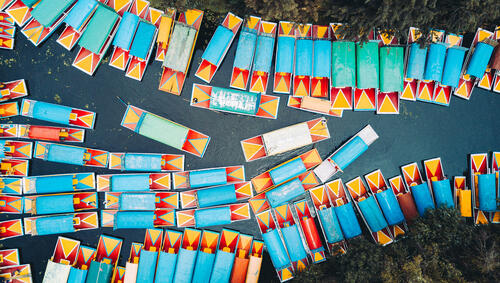Wheels are wonderful and feet are fine, but there’s nothing like touring a city by boat. Everyone knows the romance of Venice’s graceful gondolas, but Italy isn’t the only place where the streets are streams and floating is the preferred method of transportation. Many cities have carved territory from canals both natural and artificial, creating pleasant spaces where commuters enjoy the splashing of paddles instead of the honking of horns. Here are a few of the most beautiful places in the world to explore via canal.
Fort Lauderdale, Florida
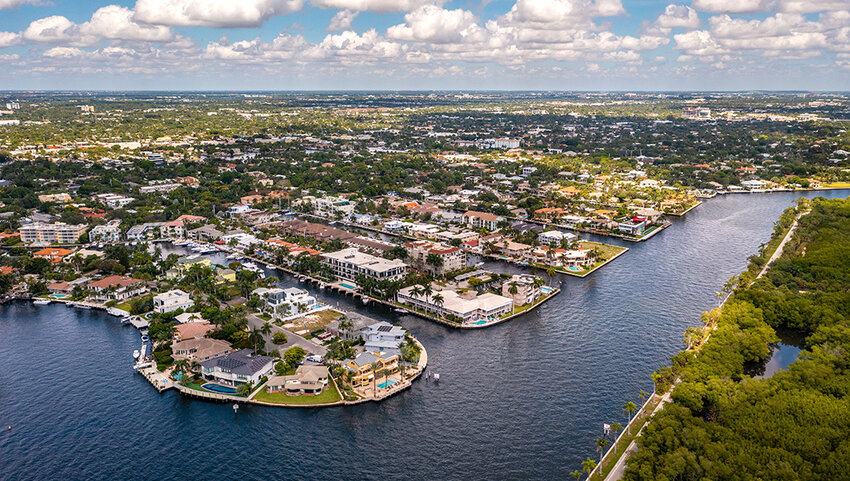
More than 300 miles of canals run through this metro in the Sunshine State, and many lucky residents have their own boat docks in addition to driveways. Construction of the canals began in 1920, and Fort Lauderdale quickly expanded its nautical network in an attempt to differentiate itself from its neighbor, Miami. The neighborhood of Los Olas is especially enviable, with stunning views of the city and and stately homes. Visitors can explore the canals by gondola, paddlewheel cruiser, or water taxi, which lets explorers hop on and off at one of 12 stops. When you’ve had enough of the city’s inland waterways, head to the Everglades for wilderness or to one of Fort Lauderdale’s sandy beaches for splashing and sunbathing.
Spreewald, Germany
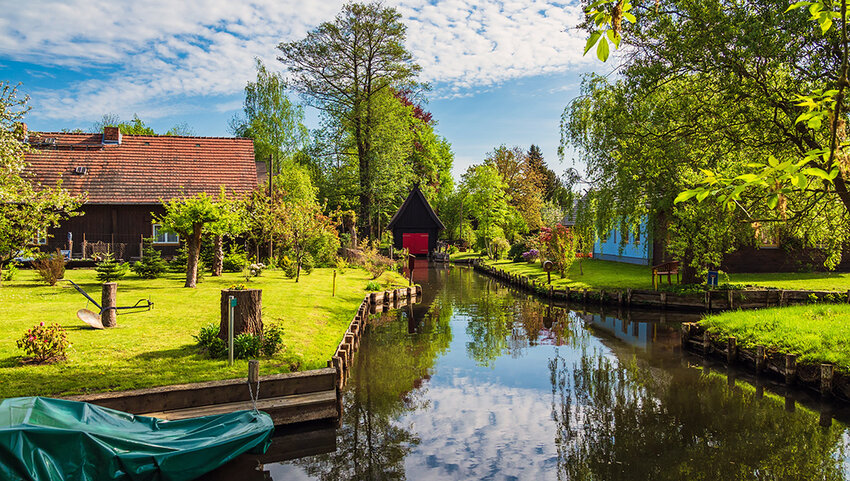
Canals and ... cucumbers? It’s an unlikely combination, but not in this wild and lovely region in the state of Brandenburg. Some of the world’s most beloved pickles are produced in this UNESCO Biosphere Reserve, which covers 184 square miles. The Brothers Grimm-worthy woodlands are home to wildlife — including otters, fire-bellied toads, and stork — but the designation also protects Bronze Age archaeological sites and old-fashioned Sorbian villages that could come straight out of a storybook. Explore the unspoiled network of canals and channels from one of the traditional flat-bottomed punting boats (they serve beer, too!) or paddle your own kayak through waterways hemmed by dense woods. Prefer pedaling? Take a spin along the 160-mile Gherkin Bike Path.
Ganvié, Benin
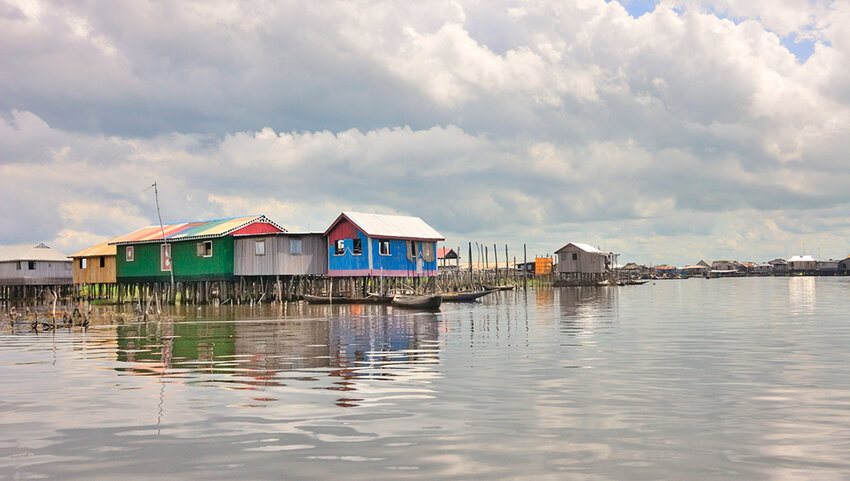
The small West African republic of Benin, on the Gulf of Guinea, boast the largest lake village on the continent. Built entirely on stilts in the middle of Lake Nokoué, it’s home to about 30,000 people. Ganvie is often called “the Venice of Africa,” and is located about 40 miles from the port city of Cotonou. It was constructed more than 400 years ago, when the Tofinu tribe took sanctuary on the lake, fleeing soldiers from other tribes who would have sold them to Portuguese slavers. (Ganvié means "we survived" in the local language.) Residents live in stilted bamboo huts and paddle dugout canoes called pirogues to visit mosques, markets and neighbors. Fish are raised in pens made from reeds and palm fronds, and more than 10,000 tourists visit each year.
Xochimilco, Mexico
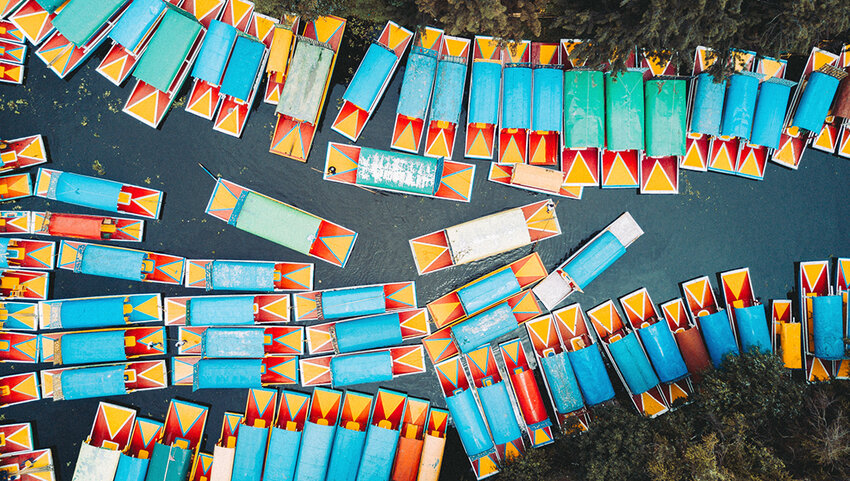
When the mighty Aztec empire constructed Xochimilco (pronounced "so-chee-milco" and meaning “place of flowers”), they floated rafts into a vast lake and canal system that once extended over most parts of the Valley of Mexico. The rafts, called chinampas, served as gardens where corn, squash, and other vegetables were grown. What remains today is a UNESCO World Heritage Site about 15 miles south of Mexico City, popular with locals (especially on Sundays) and tourists alike. Hundreds of small colorful boats known as trajinera ferry revelers around the waterways, where mariachi bands play and tequila and tacos are dispensed from passing craft. For a spooky experience in the midst of the fun, ask your trajinero (rower) to take you to Isla de las Munecas, a creepy island where hundreds of dolls are hung to appease the spirit of a girl who drowned nearby.
Fenghuang, China
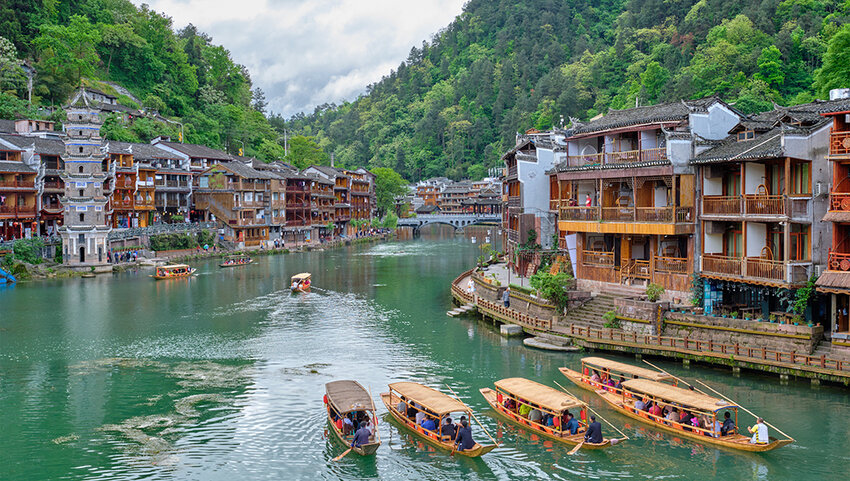
In Chinese mythology, the fenghuang is an auspicious phoenix that represents peace, harmony and prosperity. This immortal bird is also the namesake of a picturesque town in western Hunan Province. Founded in 1704 along the Tuojiang River, Fenguang is only five miles from the southern portion of the Great Wall and boasts well-preserved Ming- and Qing-era architecture traversed by serene canals and graceful bridges. More than thirty temples and pavilions are tucked along its stone-paved lanes. Fenguang is home to the traditional Miao and Tujia ethnic minorities, and the city is particularly spectacular at night, when colorful lanterns reflect off the waters. The Ancient City was named a UNESCO World Heritage Site in 2008.

